When most people hear “water damage,” they think about soggy carpets, bubbling paint, or maybe a stained ceiling. That’s pretty normal. But what many don’t realize is this: water damage can also mess with your home’s electrical system, and that’s where things get seriously dangerous.
We’re talking about more than just broken wires or flickering lights. Water and electricity together can cause real harm: shocks, fires, even complete system failure. And the scary part? The damage isn’t always visible right away. It can sneak up on you, hiding behind walls or inside outlets until it’s too late.
So, let’s get into the details of electricity and water damage as combined—what can happen, how to spot the signs, what to do if it happens, and how to prevent it.
Why Electricity and Water Don’t Mix
Here’s the basic truth: Water carries electricity. That means if water touches live electrical parts, the current can travel in the wrong direction. That’s how people get shocked or worse.
Even small amounts of moisture inside a socket can:
- Cause short circuits
- Start fires
- Make wires overheat
- Lead to fatal electric shocks.
Think about this: if a wet plug sparks near a puddle or even damp air, it can be deadly. Especially in bathrooms, kitchens, and basements where water is often present. That’s why special waterproof or GFCI outlets are a must in those areas.
Signs That Water May Have Damaged Your Electrical System
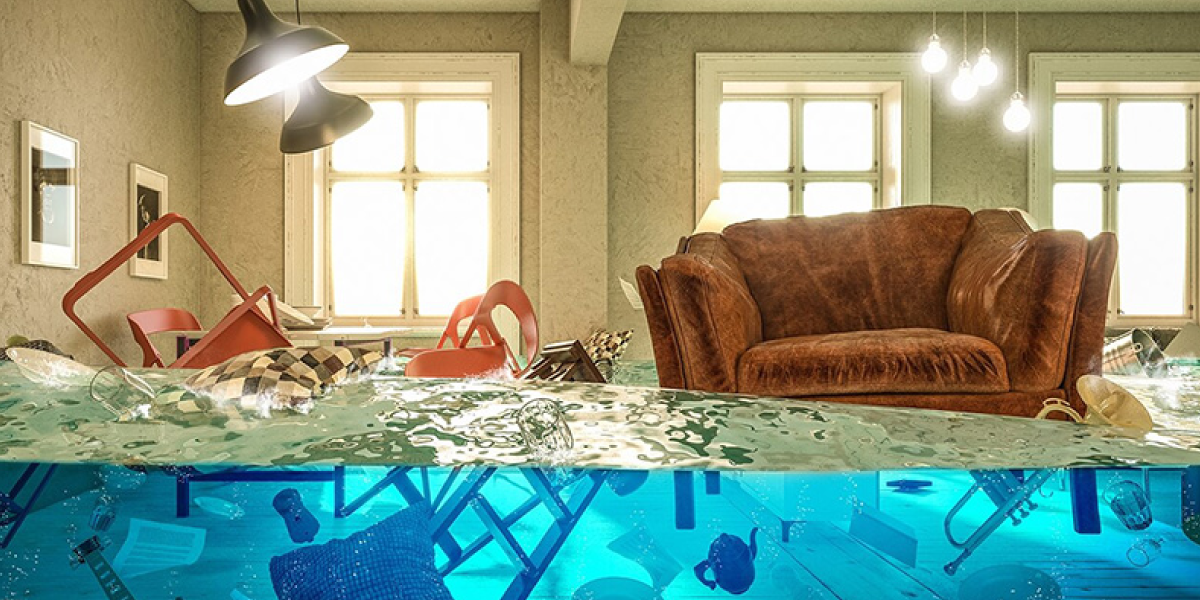
Not sure if water got into your wires or outlets? Here are some easy signs to watch for:
| Signs | What It Means |
| Flickering lights | Possible short or water in the wiring |
| Tripping breakers | Overload or moisture problems |
| Wet or discolored outlets | Water may have leaked into the socket |
| Buzzing or crackling sounds | Live electricity reacting with moisture |
| Burnt smell or smoke | Serious danger — fire risk |
| Sparks when plugging something in | Do not use that outlet — call an expert |
If you notice any of these signs, stop using the outlet right away. Safety first!
Most Common Causes of Water Damage Near Electricity
You might be wondering, “Where does the water even come from?” These are the usual troublemakers:
- Roof leaks dripping onto walls or outlets
- Flooded basements soaking the low wall sockets
- Leaking pipes hidden behind walls
- Bad seals around windows letting in rain
- High humidity, especially in bathrooms or kitchens
And sometimes, the outlets themselves are installed too low or too close to water sources. If they’re sinking into the wall or floor, water can sneak in even faster.
Electricity and Water Damage: What Happens When an Outlet Gets Wet
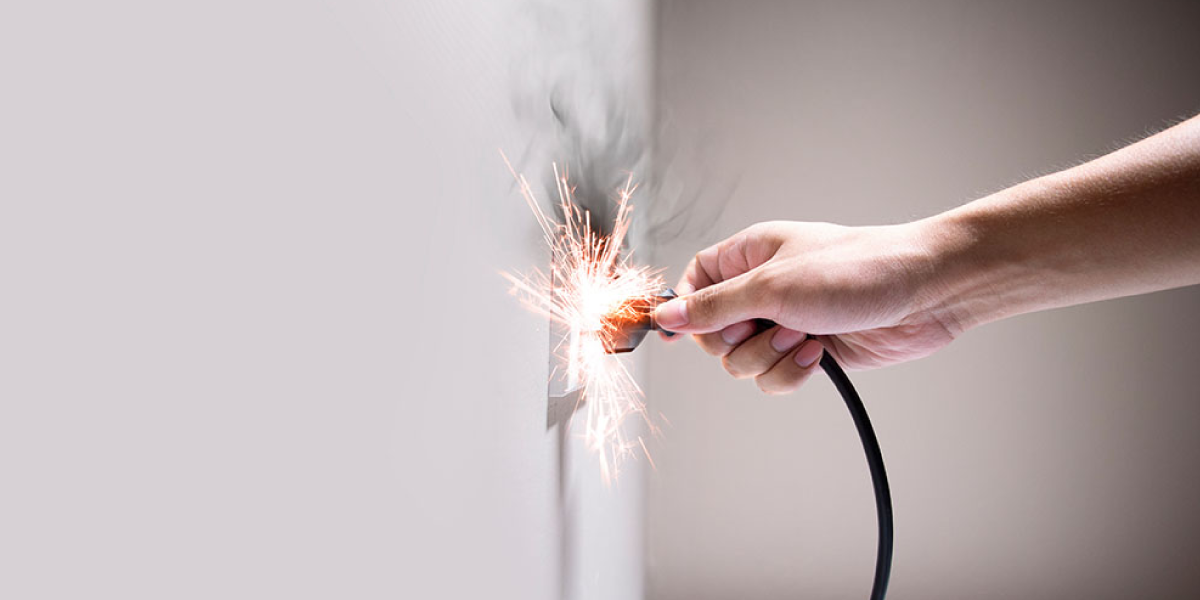
When water gets into an electrical outlet, it can cause serious trouble. The metal parts inside can rust, which means they stop working properly. You might see sparks or hear crackling sounds because electricity starts jumping between parts—this is called an arc fault.
Sometimes, the power might go out in part of your home because the circuit fails. In the worst case, the outlet can completely burn out, and then, you’ll need to replace the electrical outlet. This kind of damage is often called a “blown outlet.”
If you ignore it, it could lead to a fire or even hurt someone, so it’s important to fix it quickly.
What to Do If an Outlet Gets Wet
Don’t panic—but act fast and safely. Here’s what you should do:
- Turn off the power at the breaker box in that area
- Never touch a wet socket or plug—water could be carrying electricity
- Call a licensed electrician to check and repair safely
- If there’s standing water, don’t step in it—it might be live
- Keep children and pets far away from wet areas
Your life and safety come first. Never take chances with wet electricity.
How to Check and Diagnose an Outlet (Safely)
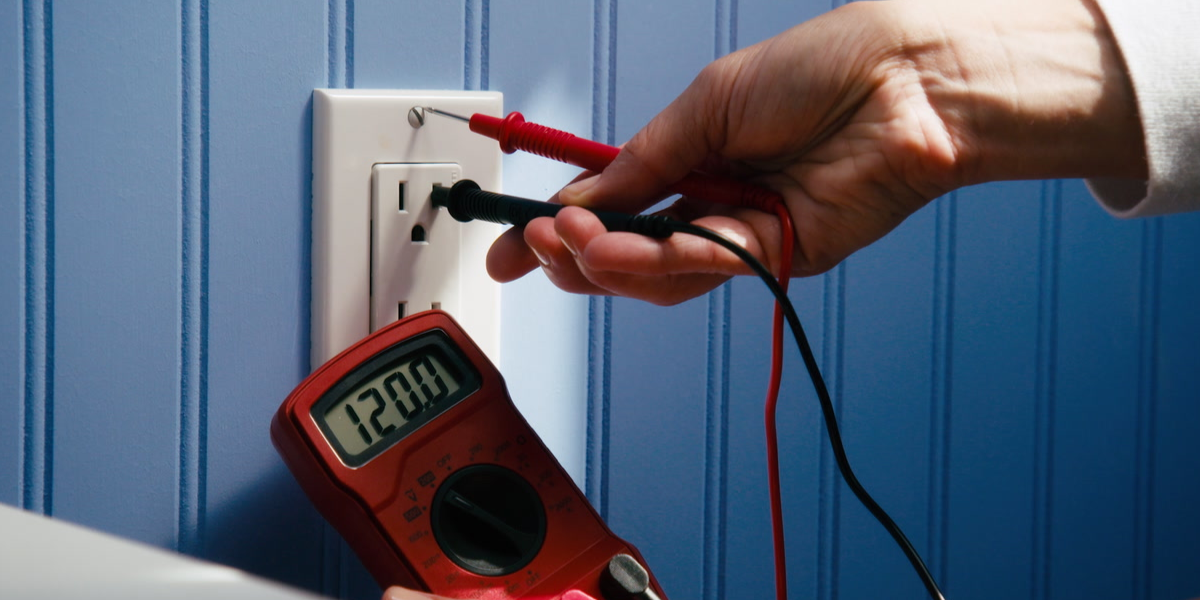
If you think an outlet might be damaged but don’t want to touch any wires, there’s a safe way to check.
First, look closely at the outlet for signs like rust, black burn marks, or if it looks wet or damp. These are clear warning signs. Next, use a non-contact voltage tester—it tells you if electricity is present without touching anything.
If the outlet doesn’t work at all, it might be blown. But if you see anything that doesn’t look right, don’t try to fix or open it yourself. Call a professional electrician because hidden water damage can be dangerous and should be checked safely.
Fixing or Replacing Water-Damaged Outlets
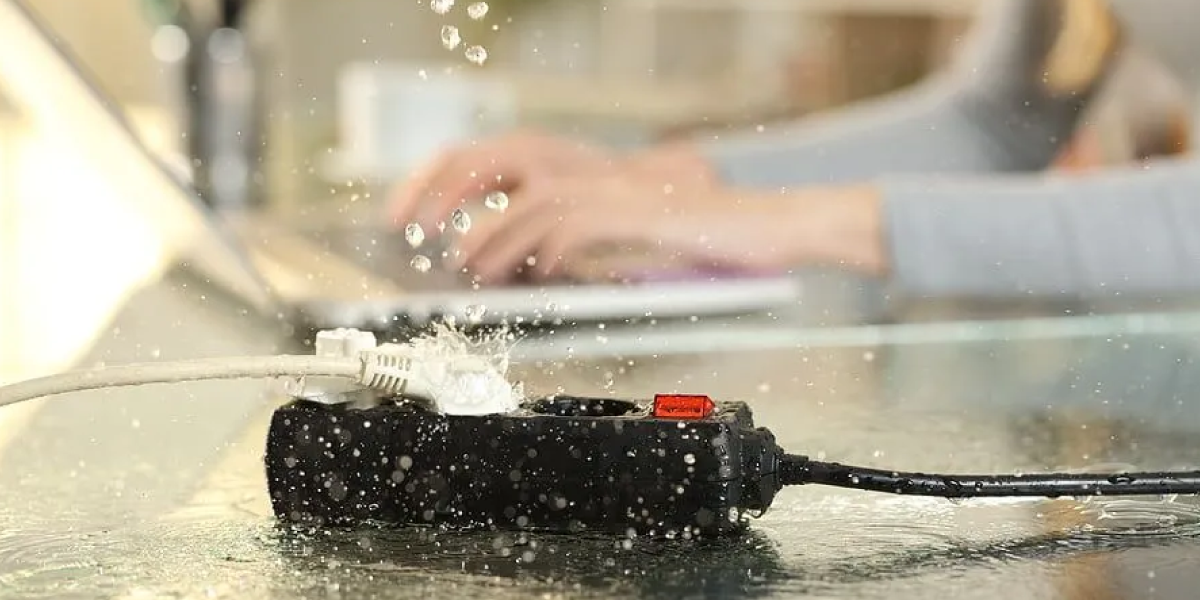
In many cases, it’s safer to replace a damaged outlet completely than to try to fix it. Here’s how professionals do it:
- Turn off the power from the main panel
- Remove the outlet and check for hidden water or rust
- Replace wires or terminals if they’re damaged
- Install a new outlet, preferably a GFCI or waterproof one
- Test it to make sure it’s working safely
DIY repairs are not a good idea when water is involved. You can’t always see what’s going on inside the wall.
Preventing Future Electricity and Water Damage
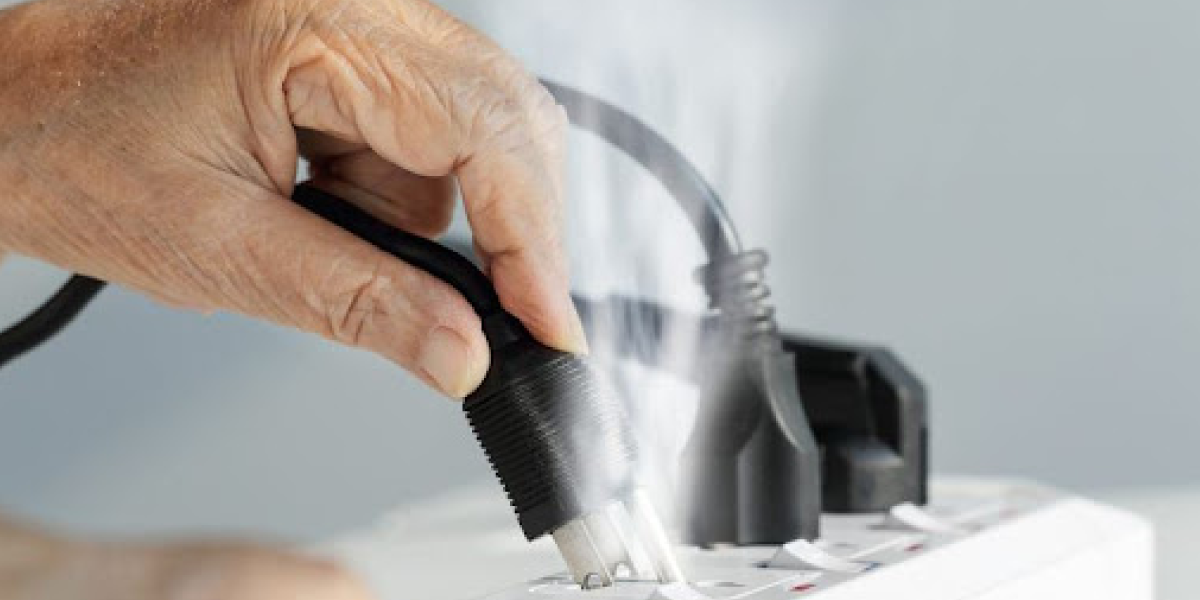
Prevention is the best solution. Here are some easy ways to protect your home:
| Prevention Tip | Why It Helps |
| Install GFCI or water-resistant outlets | Cuts power when water is detected |
| Seal wall gaps around pipes and outlets | Stops leaks from sneaking in |
| Fix leaky roofs, windows, and pipes early | Prevents moisture near wiring |
| Elevate outlets in basements and garages | Keeps them above water in case of floods |
| Check for sinking or tilted outlets | Fix early to prevent water seepage |
Also, if you ever notice signs of water damage near your outlets or electrical systems, call a professional water damage restoration team immediately. It’s the safest way to protect your home and your family.
Wrapping Up: Stay Safe and Act Fast
So, that’s all about electricity and water damage. Water and electricity should never meet. If they do, the risk is real—shocks, fires, even death. Don’t ignore the signs.
If you ever find moisture near an electric socket outlet, act fast: turn off the power, stay away, and call a licensed electrician.
And don’t wait for something bad to happen. Use waterproof or GFCI outlets in bathrooms, kitchens, basements, and outdoors. Fix leaky faucets, roofs and pipes quickly. And always keep an eye out for strange smells, sparks, or sounds from your outlets.
Your safety and your home depend on it.
If you’re somehow interested in learning how to get insurance to pay for water damage, you can visit this insightful write-up.
FAQs
|

